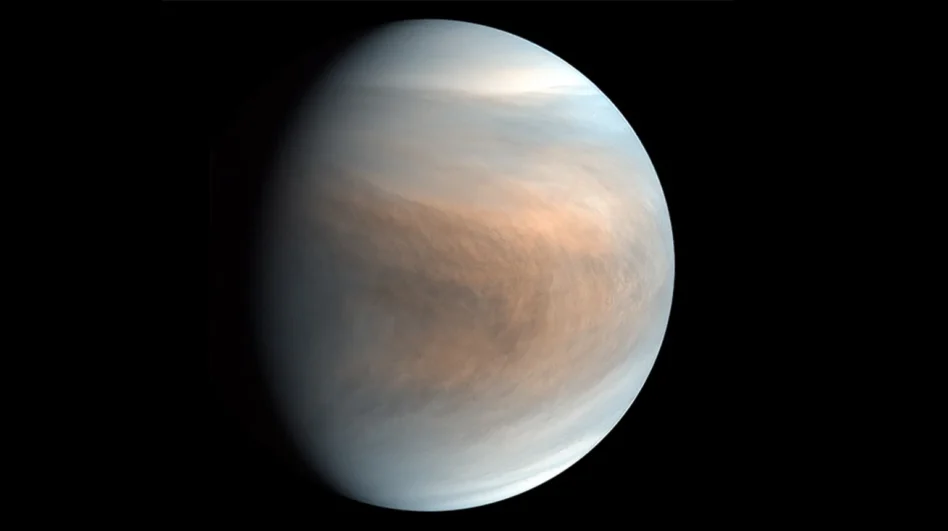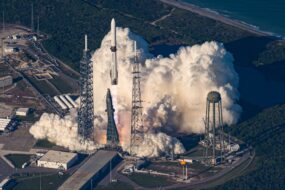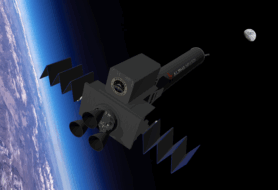Venus is all alone in the universe.
Earth’s sulfuric, fiery, evil twin has been the subject of study for a long line of spacecraft over decades. But—while Venus remains a fascinating subject for planetary science and a candidate in the search for life away from home—there’s going to be a gap in our up-close study. The last spacecraft studying Venus up close, Japan’s Akatsuki orbiter, is officially out of commission.
Akatsuki studied Venus for a decade before going dark in April 2024. After more than a year of trying to regain contact, JAXA has finally thrown in the towel.
“This was a mission that changed our view of our Earth-sized neighbour, and laid the path for new discoveries about what it takes to become heaven or hell,” JAXA’s release about the end of the mission stated (rather dramatically—we’re fans).
Though there’s no spacecraft studying Venus from orbit (or, just to cover our bases, from the high-pressure surface where no spacecraft has survived more than about two hours), several missions are planned to visit. Here’s our rundown of the agenda.
NASA’s shaky situation: The US has Venus science on its wishlist, but funding is, to put it gently, uncertain. Massive cuts to NASA’s proposed science budget have left many missions with unclear direction,even though both the House and Senate budget plans rejected the $10B cut proposed by the administration. (Those budgets, of course, have not yet passed Congress.)
NASA’s planned science missions include:
- DAVINCI, a somewhat creative acronym for Deep Atmosphere Venus Investigation of Noble gases, Chemistry, and Imaging, which is targeting the 2030s for launch. It would orbit the planet and send a probe into the dense atmosphere of Venus. .
- VERITAS, short for Venus Emissivity, Radio Science, InSAR, Topography and Spectroscopy, which would launch no earlier than 2031.
Go private: Where NASA funding is uncertain, industry is looking to take some of the burden for scientific exploration onto its own shoulders. Rocket Lab ($RKLB) is a key example of this. The launcher announced in 2022 that it is planning to launch a private science mission to Venus with MIT, titled the Venus Life Finder, to study the chemistry of the planet’s dense clouds and search for signs of life.
Mission managers were targeting this year for launch, but after missing the window, Venus Life Finder may lift off in summer of 2026.
Across the pond: Europe is working on its own Venus exploration mission: EnVision, which would launch in 2031 to spend about four years orbiting Venus. ESA has a €610M ($705.3M) budget for the EnVision program. NASA is also partnered with ESA on this mission, and is supplying some key science instruments and comms support.
India gets in: Last but not least, India, a relatively newer entrant into the realm of deep-space exploration, has a mission set for Venus. ISRO is planning to launch its Venus mission in 2028 and send an orbiter off to study the planet’s atmosphere. The agency has allotted 12.36B rupees ($147M) for the mission.




